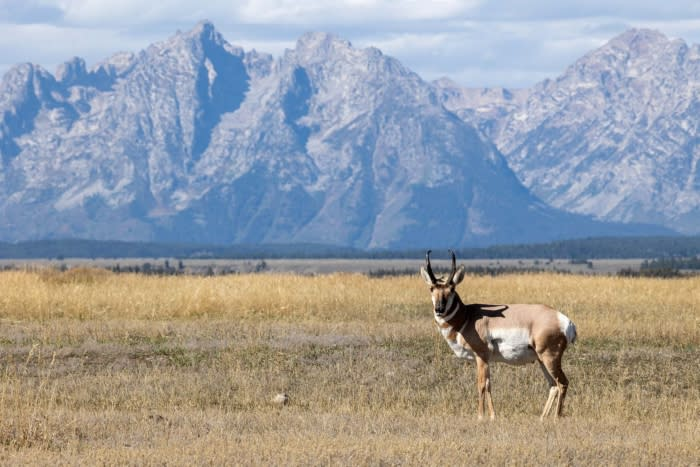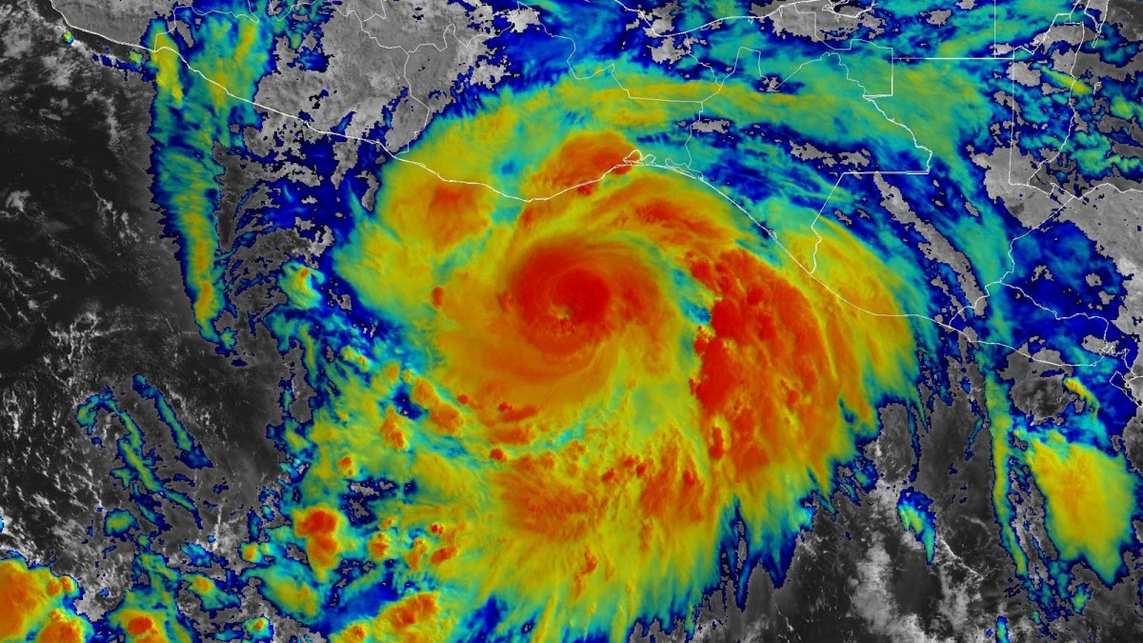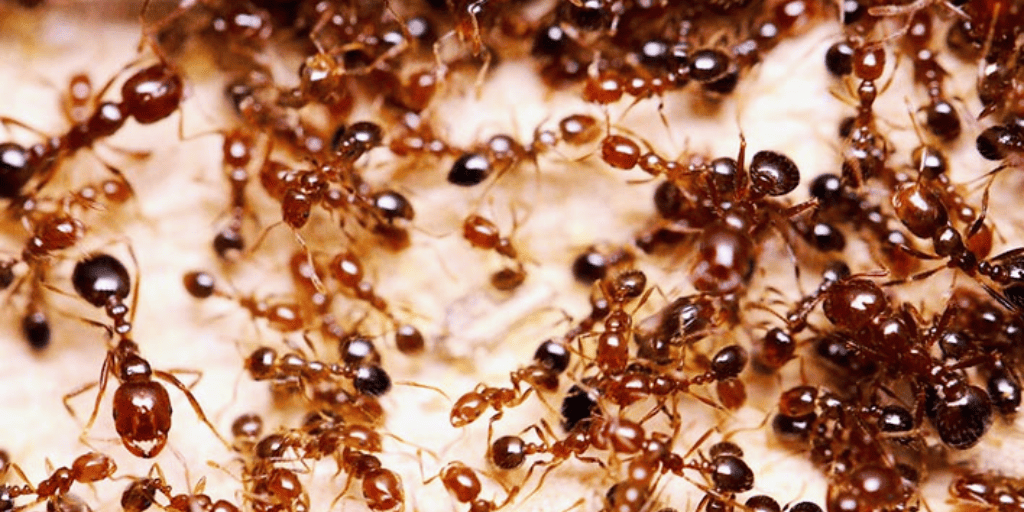The pristine beauty of Grand Teton National Park, a jewel of the American West, is under threat. A recent land sale adjacent to the park has raised alarm among conservationists and park advocates, sparking concerns about irreversible damage to the park’s fragile ecosystem and iconic landscape. This is not just about a few acres; it concerns the potential for significant, long-term impacts on wildlife, water resources, and the overall visitor experience.
The Controversial Land Sale: A Closer Look
The sale of roughly 1,000 acres of land near the park’s boundary has sparked widespread outrage. This land, previously owned by a conservation-minded organization, was unexpectedly put on the market, raising questions about transparency and potential conflicts of interest. The buyer’s intentions remain unclear, fueling speculation about potential development that could significantly alter the character of the area.
What makes this situation particularly alarming is the land’s proximity to the park. The potential for development, including housing, commercial ventures, or even industrial activities, poses a direct threat to the park’s natural resources. The impact on wildlife, already struggling to adapt to a changing climate, could be catastrophic.
Potential Impacts on Grand Teton’s Ecosystem
The potential consequences of development on this adjacent land are far-reaching and deeply concerning:
- Habitat Fragmentation: Development would inevitably fragment existing wildlife habitat, disrupting migration patterns and limiting access to crucial resources like food and water. This could have devastating effects on iconic species such as elk, bison, and pronghorn, which already face pressures from human encroachment.
- Water Quality Degradation: Increased runoff from development could pollute the park’s pristine waterways, impacting water quality for both wildlife and human visitors. This pollution could lead to algal blooms, harming aquatic life and potentially contaminating drinking water sources.
- Increased Light and Noise Pollution: Artificial light and noise from development would disrupt the natural rhythms of nocturnal wildlife, further stressing already vulnerable populations. The peace and quiet that define the park’s allure would be compromised, diminishing the visitor experience.
- Increased Traffic and Congestion: New development would inevitably lead to increased traffic, further straining the park’s infrastructure and impacting visitor enjoyment. Congestion could also pose a direct threat to wildlife, increasing the risk of vehicle collisions.
- Loss of Scenic Views: Development could obscure the stunning mountain views that draw millions of visitors to Grand Teton each year. This loss of visual appeal would diminish the park’s aesthetic value and economic impact.
The Urgent Need for Conservation Action
The situation demands immediate and decisive action to protect Grand Teton National Park. This is not merely an environmental issue; it is a matter of preserving a national treasure for future generations. The sale of this land represents a significant setback for conservation efforts, underscoring the urgent need for strengthened protections for lands adjacent to national parks.
What Can Be Done?
Several avenues for action exist, requiring a coordinated effort from government agencies, conservation organizations, and concerned citizens:
- Increased Government Regulation: Strengthening regulations on development near national parks is crucial. This could include stricter zoning laws, environmental impact assessments, and limitations on land use.
- Public Land Acquisition: Government agencies, including the National Park Service, should actively explore options for acquiring the recently sold land to ensure its preservation and integration into the park’s protected area.
- Conservation Easements: Working with the current landowner to establish conservation easements could restrict future development while allowing for some limited, environmentally responsible uses of the land.
- Public Awareness and Advocacy: Raising public awareness about the threats to Grand Teton National Park is vital. Encouraging individuals to contact their elected officials and support conservation organizations is crucial to generating political pressure for change.
- Sustainable Tourism Practices: Promoting responsible tourism practices that minimize the park’s environmental footprint can help mitigate some challenges associated with increased visitor numbers.
A Call to Action
The threat to Grand Teton National Park is real and requires immediate attention. The land sale serves as a stark reminder of the vulnerability of our national parks to development pressures. It is a wake-up call for all of us to actively engage in protecting these irreplaceable natural wonders. Ignoring this issue would be a grave mistake, with far-reaching consequences for the park’s ecosystem, wildlife, and the legacy we leave for future generations. We must act now to prevent irreversible damage to this precious national treasure.
The time for complacency is over. Let’s work together to safeguard Grand Teton National Park and ensure its enduring beauty for years to come.





